An Opera House, is a large-scale performing arts centre. Spaces in which watching and listening unbeatable way what happens there live is paramount.. Taking into account that emblematic plays are performed on these stages, making the recording as faithful as possible to the live event considering that it is recorded for posterity, is an exercise that must be taken care of to the maximum.

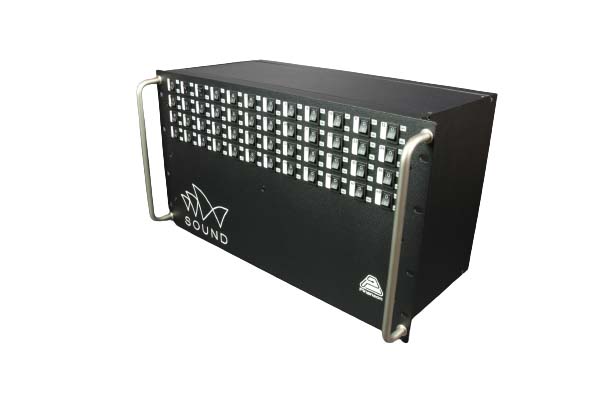
How is the microphone signal distributed in an Opera House?
In places as emblematic as the Sydney Opera House, all the signals generated on a stage need to be received by 3 consoles: FOH, MONITORS AND RECORDING.
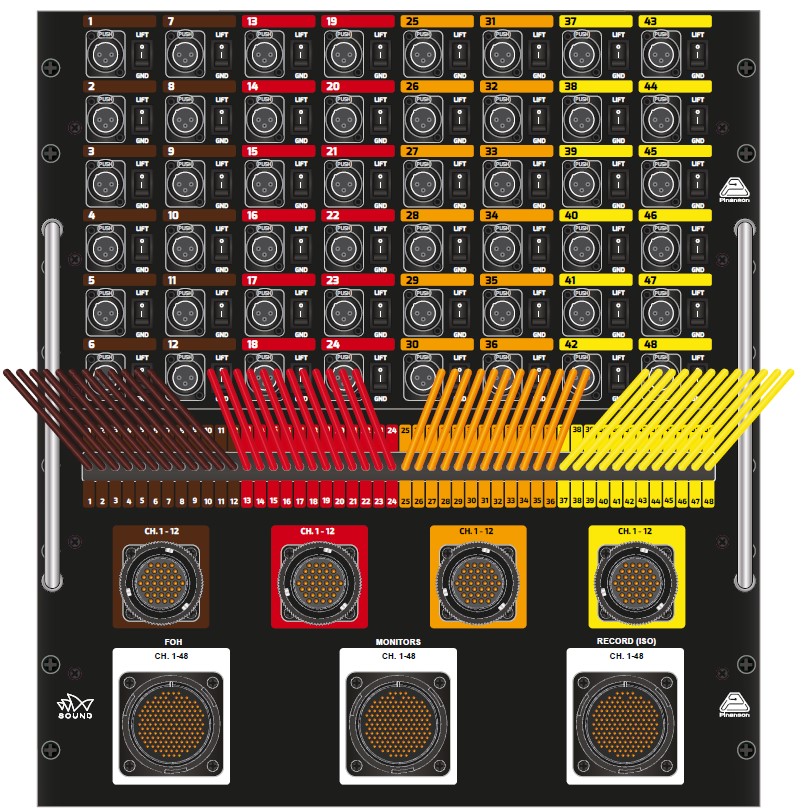
- FOH console: the signals are received from the stage to be mixed, processed and sent to the PA speaker system.
- Monitor Console: the signals are received from the stage to be mixed, processed and sent to the listening systems of the musicians, singers or actors on stage.
- Recording Console: the signals are received from the stage to be mixed, processed and sent to the recording system.
In order the distribution of these signals to be flawless and free of noise or coexistence problems between the different consoles, it is necessary to distribute the signal through transformers, achieving:
- High Common Mode Rejection Ratio, thanks to high CMRR of high quality transformers.
- Capacitive noise reduction of ground noise voltages, eliminating the famous ground loops, thanks to the Faraday Shield of high quality transformers.
- Good contact to ground of each of the individual signals, thanks to the option Ground Lift or “ground disconnection” giving ground reference to each output, of the inputs from which the signals come or remove them.
In the most important OPERA HOUSES, what type of MICRO-LINE distributors are used?
Sydney Opera House and Australian Chamber Orchestra Walsh Bay, Yuen Long Theater and Tuen Mun Town hall (Hong Kong), QF Convention Center (Oman), Polskie Radio Katowice and Radio Lublin (Poland)… they all have something in common: Pinanson equipment for the distribution of audio signals.
The use of a Pinanson 1DX2 MIC/LINE splitter allows for each channel: phantom power through the direct output and isolated distribution to 2 outputs with the option of lifting the ground (Ground Lift) of each output individually. All this multiplied by the number of channels available for each show.
Starting from the main function of distribution, these devices can vary according to the client’s needs in other aspects such as:
- Number of isolated outputs: it can be 1 isolated output (recording console) or 2 isolated outputs (recording console and monitors).
- Type of connectors: going from the most popular XLR, LK or Harting to Euroblock, EDAC or D-SUB (used for permanent installation).
- Patching Module: if you need to reorder the signals that come from the stage.
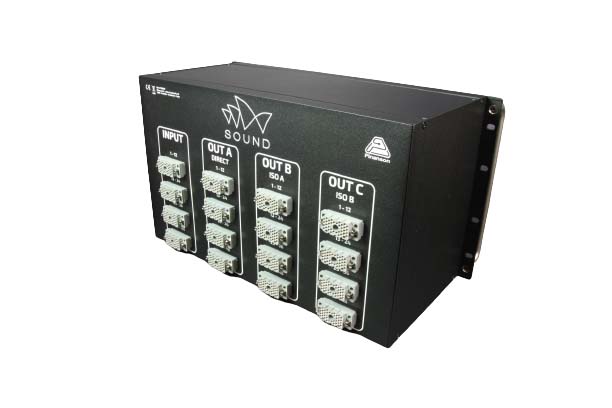
Photo: PTRS0197 is a Rack mount Splitter for 48 channel. Input, Direct, Isolated A and Isolated B outputs on EDAC. Manufactured for SYDNEY OPERA HOUSE (Australia)
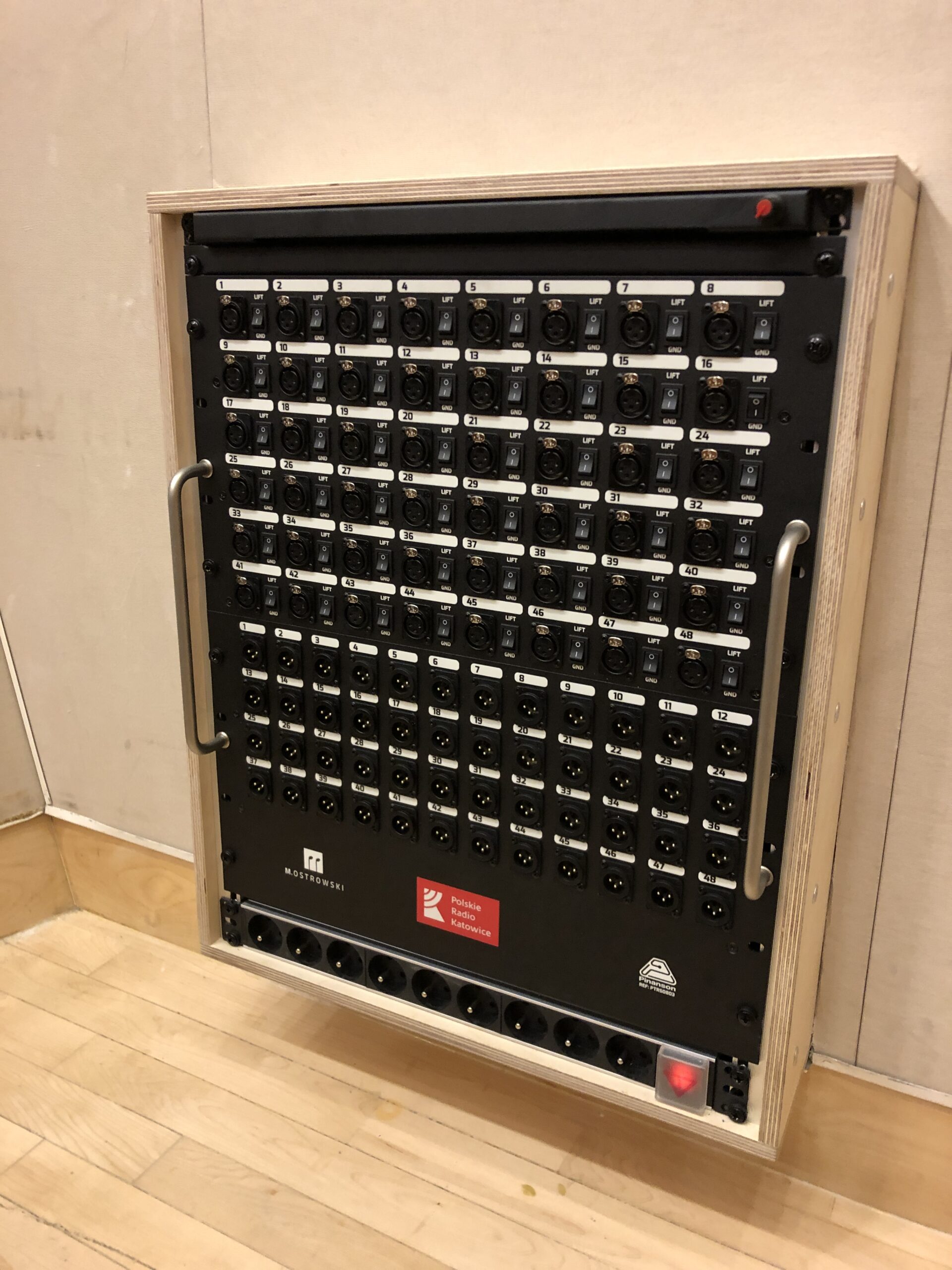
Photo: PTRS0803 is a Rack mount Splitter for 48 channel. Input on XLRF, Direct output on D-sub 25, Isolated output on XLRM. Installed at POLSKIE RADIO KATOWICE (Poland) by M.Ostrowski

Photo: PTRS2628 is a Rack mount Splitter for 48 channel. Input on XLRF, Direct output to FOH and Monitors on LK150M Isolated output to Record on LK150M. Remote boxes input on LK37F and patching on XLRM. Manufactured for SYDNEY OPERA HOUSE (Australia)
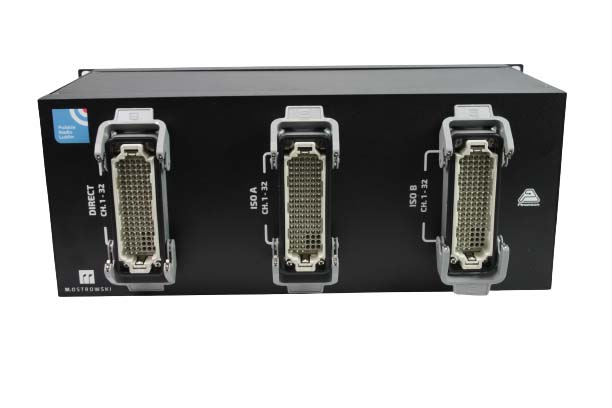
Photo: PTRS2368 is a Rack mount Splitter for 32 channel. Input on XLRF, Direct, Isolated A and Isolated B outputs on Harting 108M Installed at RADIO LUBLIN (Poland) by M.Ostrowski.
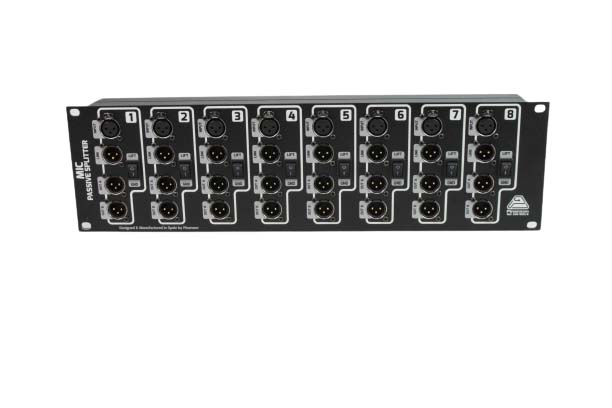
Photo: PT1411 is a Rack mount Splitter for 8 channel. Input on XLRF, Direct, Isolated A and Isolated B outputs on XLRM. Modular splitter installed at the AUSTRALIAN CHAMBER ORCHESTRA WALSH BAY.
Other devices manufactured for Opera Houses around the world
In addition to audio distributors for micro-line, in places such as the Helsinki Opera House (Finland), the Gothenburg Royal Opera and Boras Stadsteater in Sweden, the Teatro Real in Madrid (Spain), the Csiky Gergely Theater (Hungary), the Kwai Tsing Theater (Hong Kong), Esbjerg Musichouse (Denmark), QF Ceremonial Court (Saudi Arabia) have Pinanson devices such as AV boxes or custom-made Digi racks in their facilities.
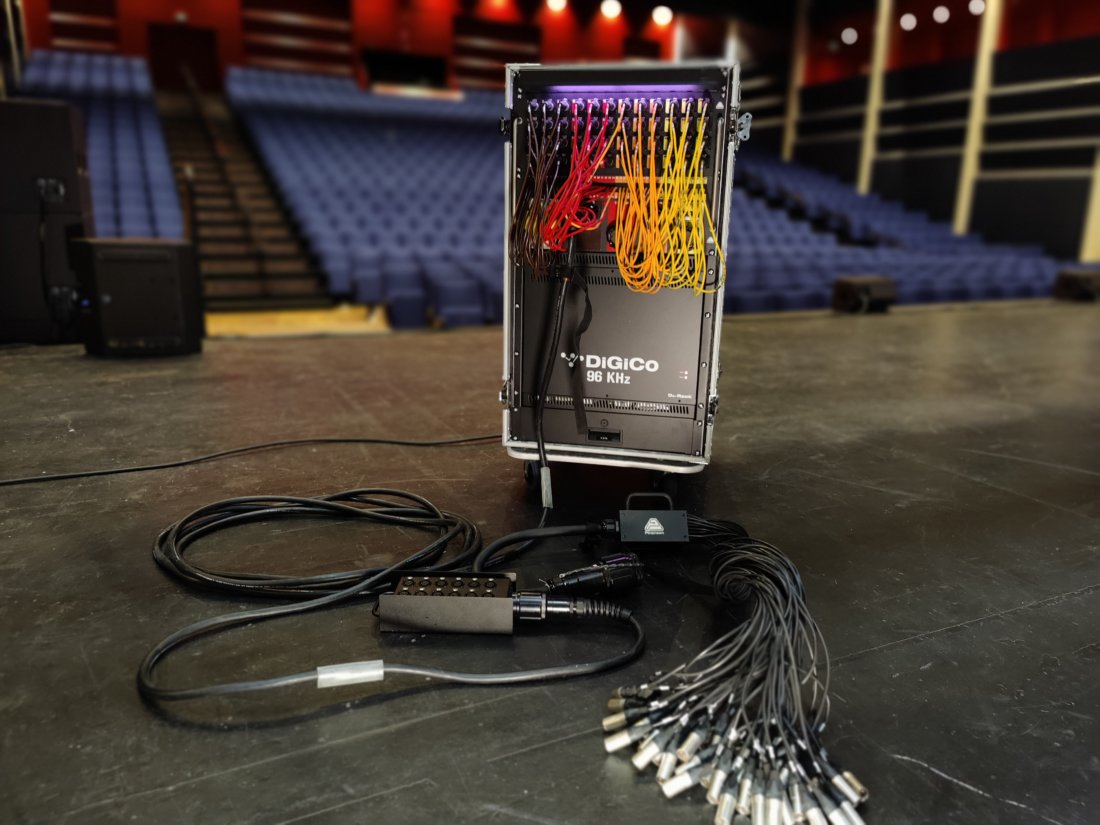
REF.: PTR9224
Custom Digi Rack Box to be installed in the ESBJERG MUSICHOUSE (Denmark)
Photos courtesy of Henrik Bonné of Matrix Sales.
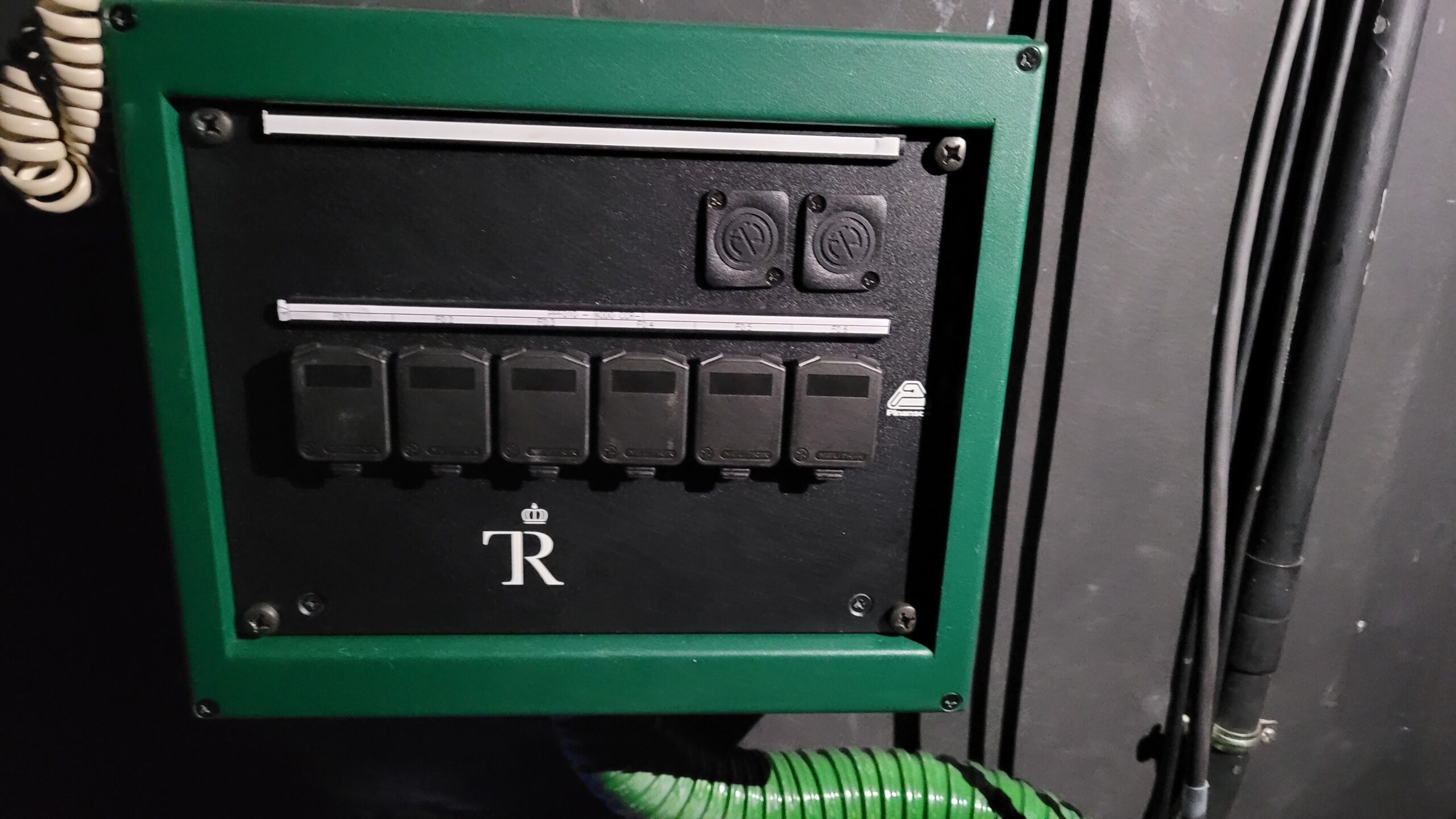
REF.:PTRS2442
AV boxes made to measure to be installed in TEATRO REAL DE MADRID (Spain).
Photos courtesy of Antonio Ollero Benítez in collaboration with TSA.
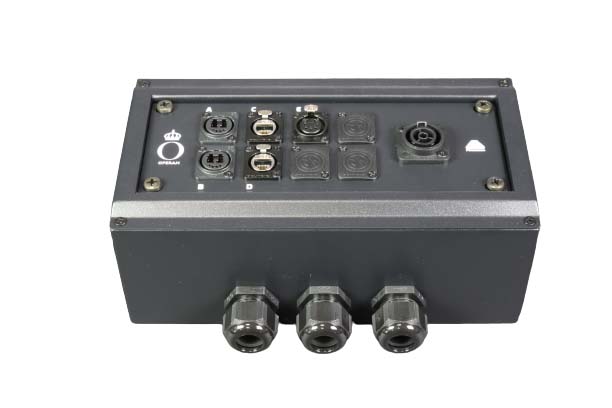
REF.:PTRS3645
WALL RACK AV boxes made to measure to be installed in the ROYAL SWEDISH OPERA (Sweden)

REF.: PTRS1736
BUILT-IN WALL RACK AV boxes made to measure to be installed in the MONUMENTAL THEATER OF MADRID (SPAIN).
Photo courtesy of Antonio Salas of VAV
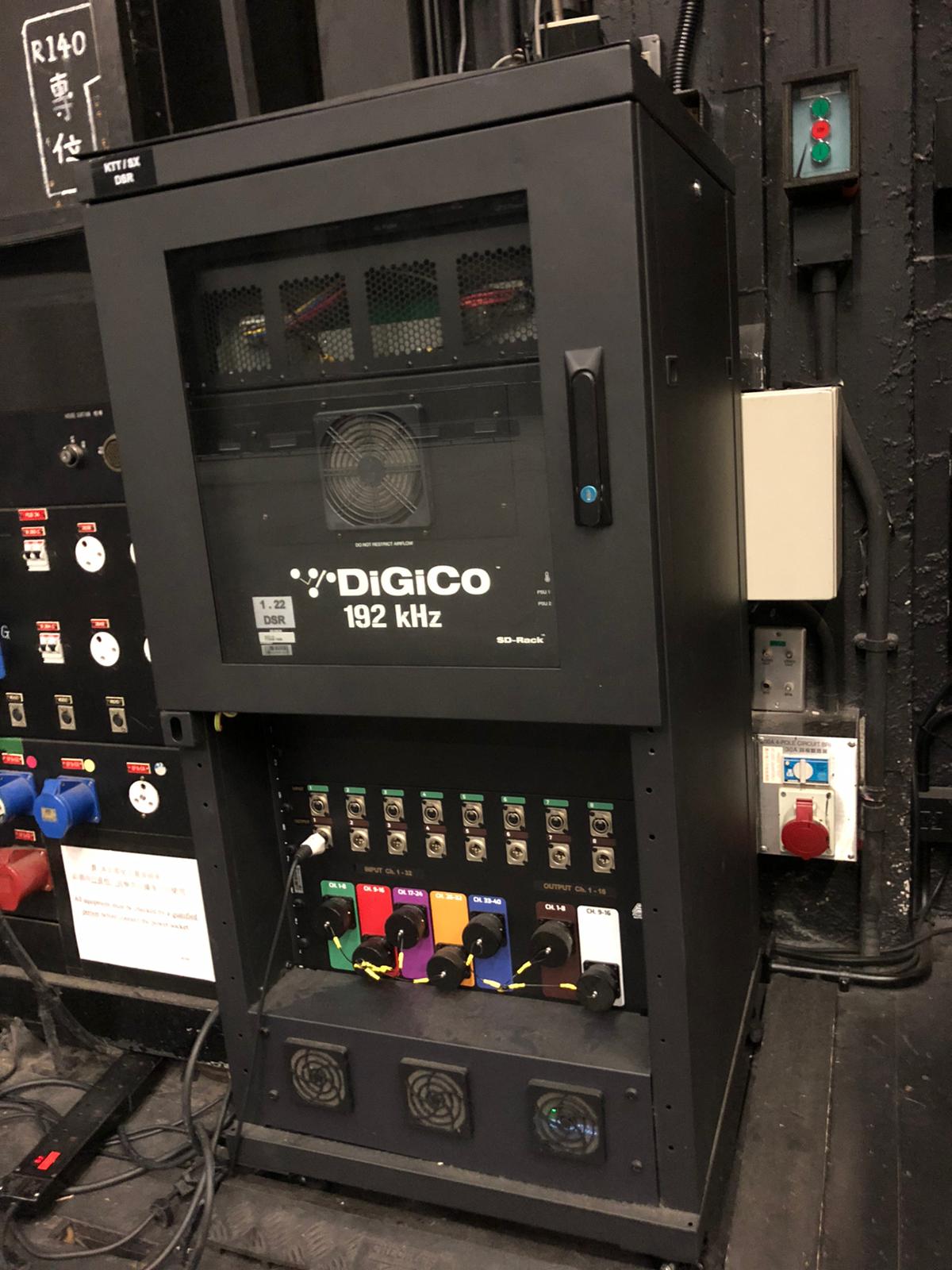
REF.: PTRS6929
Customized Digi Rack Box to be installed in the KWAI TSING THEATER (Hong Kong)
Photo courtesy of Ching Lui of L-Supply
“Pinanson, the power of the invisible”








